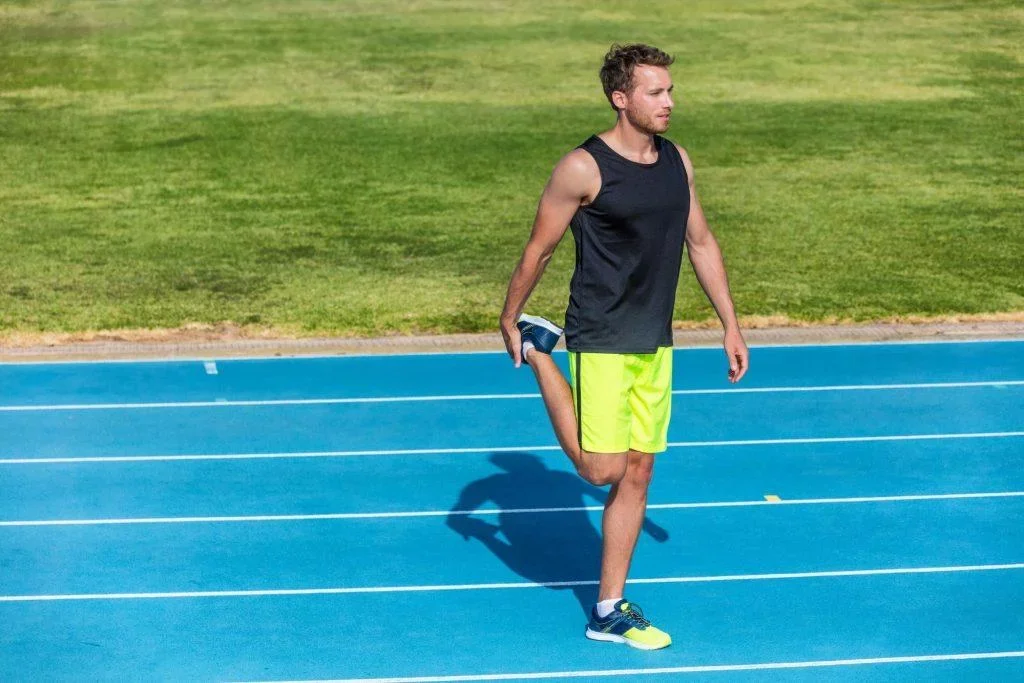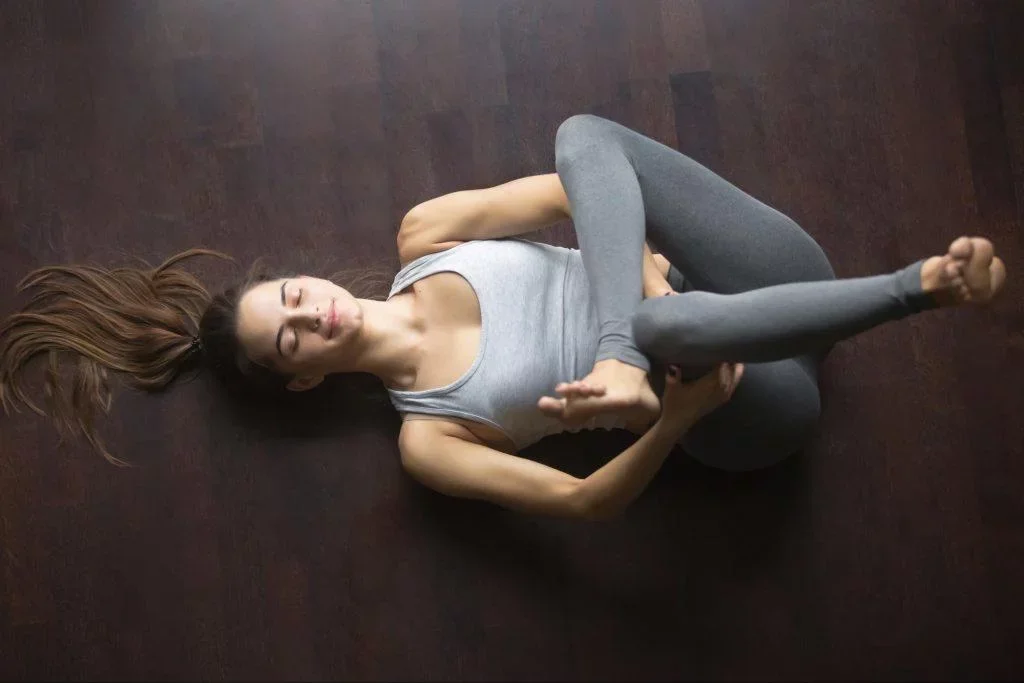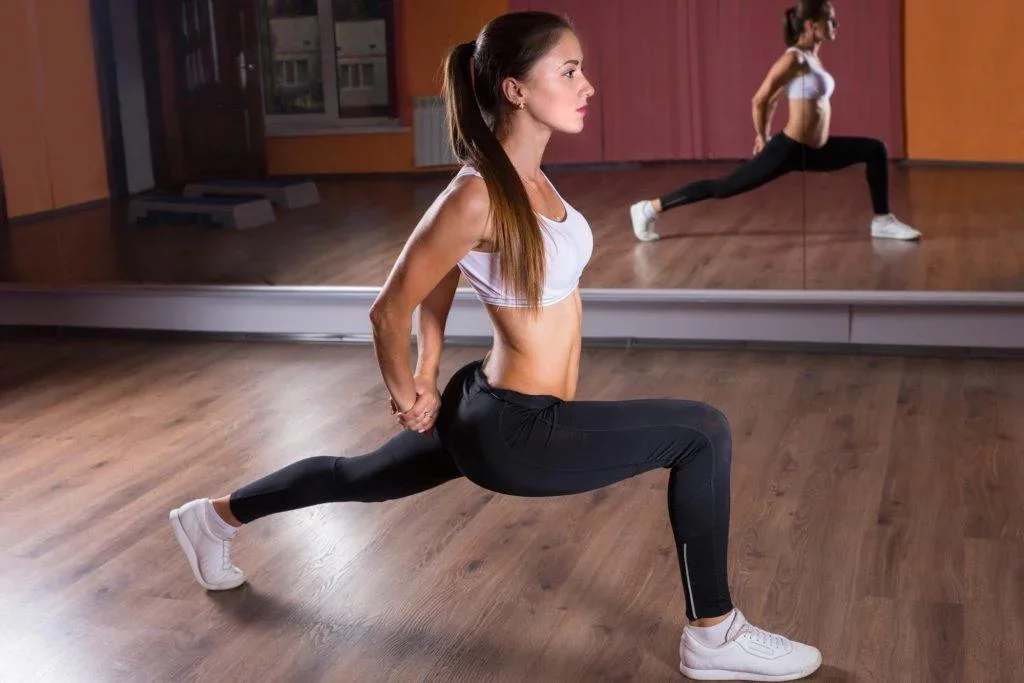Stretches to Do After a Run to Avoid Injury
Ah, the victorious feeling of finishing a run. Having made it through your intended mileage, you bask in a sense of accomplishment – and the mood-boosting chemicals that exercise can unleash. Once you catch your breath, you yearn for what comes next: a shower, a snack, or even a nap.
But before you enjoy some well-earned relaxation, there’s one last pesky stage of your workout to complete. We’re talking about stretching, a piece of your running routine that’s often poorly understood – and all too easy to neglect.
Many runners have a vague sense of stretching’s benefits, assuming that staying limber can help keep injuries at bay. They see others performing stretching routines and make haphazard attempts to do the same.
But how many of us regularly stretch at the end of each run, patiently completing a full regimen of moves? Even when we do, how confident are we that we’re tending to all essential muscle groups? Particularly for inexperienced runners, uncertainty about stretching can increase the temptation to skip it altogether. And given stretching’s known benefits, foregoing post-run stretching could do your body a real disservice.
Let us increase your stretching confidence, helping you understand and implement the optimal stretching routine to follow your runs. In this article, we’ll explain how stretching after running helps your body recover, covering the latest research from expert trainers and authorities in sports medicine.
From there, we’ll introduce you to several key post-run stretches, describing how they help your body and how to do them correctly. Incorporate these stretches at the end of your run routine and you’ll be in great shape to keep cruising pain-free.
Why Stretching After a Run Matters
For runners and other exercisers, stretching has been the subject of heated debate as of late. The virtues of stretching have long been extolled by trainers and physical therapists, and the importance of flexibility is widely known among athletes. Yet, some research supports a contrarian notion: In a few recent studies, stretching has seemed to produce few protective benefits.
More concerning still, some experts warn that stretching may increase one’s vulnerability to certain injuries. Given these evolving views of stretching’s value, should you stretch after a run at all?
In short: Yes. Among most experts, the consensus is that stretching provides valuable health benefits. The following advantages have all been linked to stretching after exercise:
- Improved muscle remodeling as your body adapts to exercise
- Strengthened connective tissues
- Expanded range of motion
- Better joint alignment
With regard to preventing injury, specifically, it can be difficult to generalize about stretching benefits. While many avid runners swear that stretching after runs keeps them healthy, the effects of a given stretch differ significantly from person to person. Accordingly, you’ll need to gauge your own body’s response to stretches of various types and intensity. While some discomfort is expected, don’t push yourself to the point of pain.
Speaking of pain, stretching can help prevent muscle shortening and tightness after the repetitive motions of a run. For runners with a consistent schedule to stick to (such as people training for a race), keeping things loose can help you successfully bounce back so your next run isn’t plagued by tightness in your muscles and tendons.
If you’re sold on the benefits of stretching, you’ll still need to know which moves to try once your run winds down. Of course, we can’t prescribe the same stretches for every runner: Your own needs will dictate the stretching you can and should do after your run concludes. But the following eight stretches are an excellent place to start, covering major muscle groups used by every runner. With this stretching routine down, you’ll be free to add or adapt however you see fit.
8 Key Stretches to Do After a Run
Quadriceps Stretch
How to Do It: While standing, shift your weight to your right leg. Slowly raise your left leg off the floor, bringing your heel back toward your tailbone. Gently grip your left foot with your left hand, gradually extending the stretch toward your tailbone. Hold for 30 seconds and repeat with the other leg.
What to Keep in Mind: Try to keep your knees aligned and pelvis centered neatly below your upper body throughout the stretching process. You may be tempted to arch your back, but resist this urge as much as possible. If balancing on one leg during this stretch is challenging, feel free to rest your hand against a wall for support.
Hamstring Stretch
How to Do It: From a casual standing position, cross your right leg in front of your left leg. Bending at the waist, lower your head toward your knees. Keep your knees straight and extend your arms toward the ground. Hold this pose for 30 seconds, then return to a standing position. Cross your legs in the other direction and repeat.
What to Keep in Mind: Go as far as you can without encountering pain: Don’t hurt yourself in an attempt to touch the ground. Additionally, there are a handful of other ways to stretch out your hamstrings, some of which you may find more comfortable. If you prefer to sit, for example, you can try plenty of hamstring stretches on a mat.
Calf Stretch
How to Do It: Stand facing a wall, at least a couple feet away from it. Position your legs hip-width apart and place your palms on the wall in front of you. With your toes pointing straight at the wall, gradually lean forward, keeping your weight on the heels of your feet. Lean forward until you feel the stretch in your calves, holding for about 30 seconds.
What to Keep in Mind: There are many variations on this basic calf stretch, such as a lunging stretch against the wall instead. Experiment with them to see which feels best, and try various distances from the wall to achieve the right intensity.
Butterfly Stretch
How to Do It: Take a seat on the ground, and bring the soles of your feet together until they are touching each other. As you do, your knees will naturally reach an open, splayed position. Lean forward gradually, placing your hands by your ankles and your arms roughly parallel with your shins. Gently continue to lean forward, feeling the stretch in your groin area. Hold for approximately 30 seconds, then resume an upright sitting position. After a few seconds, return to this stretching position and hold for another 30 seconds.
What to Keep in Mind: Even if it “hurts so good,” don’t push too hard. Similarly, move through this stretch with gentle, sustained movements, rather than throwing your body weight forward violently or “flapping” your knees up and down.
Figure-Four Stretch
How to Do It: Begin standing with your feet hip-width apart. Carefully lift your right foot off the ground, then cross your right ankle over your left knee (creating a rough “4” shape with your legs). From this position, gradually sit back, moving your tailbone toward the ground. Hold this position for 30 seconds, feeling the stretch across your right glute. Next, resume standing position and repeat on the other side.
What to Keep in Mind: This stretch requires some balance, and the last thing you need is to lose your footing and fall directly onto your tailbone. Thankfully, you can modify this stretch by sitting down or even lying on a mat. Doing so might help you get a deeper stretch and eliminate worries about toppling over.
Seated Twist Stretch
How to Do It: Take a seat with both legs extended fully in front of you. Next, bend your right leg, crossing it over your left leg. Bring your right heel as close to your left sit bone as possible (it may bump up against your butt). From there, twist your upper body to the right, placing your right palm on the floor behind you. With your left arm, gently pull your right leg toward your torso until you feel a stretch across your right glute. Hold for 30 seconds, then repeat on the opposite side.
What to Keep in Mind: Hunching over will detract from this stretch, so maintain a strong, upright posture with your shoulders rolled back. If you love the way this stretch feels, there are lots of interesting modifications and adjustments to this pose that are worth exploring, as well.
Low Lunge Stretch
How to Do It: From a neutral standing pose, move into a lunge position, with your right leg forward and forming a right angle with the ground. Keep your left leg extended straight behind you. Place your hands on your hips and press down, extending your hips forward into the lunge. Feel the stretch from the front of your hip to the top of your thigh, holding for 30 to 60 seconds. When ready, switch sides and repeat.
What to Keep in Mind: Keep your body pointed forward throughout, with your feet and torso pointing straight ahead. Try to maintain a strong, upright posture in your upper body as you hold the stretch.
Chest Opener Stretch
How to Do It: Start by standing with your legs roughly hip-width apart. Next, move your arms behind your back and interlace your fingers, with your knuckles facing down toward the ground. Squeeze your shoulder blades together, opening up your chest. Next, keeping your legs straight and unbent, bend forward at your hips. Keep your hands interlocked behind you as you bend, so that they eventually end up above your shoulder blades. Hold for 30 seconds and slowly roll back up to a standing position.
What to Keep in Mind: Be mindful not to strain the back of your next as you stretch; instead, make a concerted effort to keep your neck relaxed throughout. If this form of the stretch feels too intense, feel free to modify it slightly, placing your hands on the back of your thighs instead of interlocked behind you. Another option is to bend your knees slightly to make the stretch more manageable.
Safe and Sustainable: Other Keys to Injury-Free Exercise
We hope these stretching suggestions serve you well in all your running endeavors, whether you’re training for a marathon or just jogging occasionally. Essentially, stretching represents a long-term investment in your well-being: While taking the time to stretch at the conclusion of each run can require discipline, doing so will pay tremendous health dividends over time.
There’s nothing more frustrating than having a running routine foiled by injury, and small aches and pains can become major impediments over time. Do yourself a favor and make the stretches we’ve described above an integral part of every run. Keep at it, and the habit will soon feel automatic, rather than onerous. Your body will benefit enormously, keeping you moving well for many more miles.
Of course, there are several other key techniques to protect your body from injury while pursuing your running goals. For example, it’s imperative that you find the right equipment to support your fitness objectives, including the right gear and shoes.
But an especially important decision concerns those days when you decide to run indoors: If you plan to put lots of miles on the treadmill, you’ll need one that’s well-suited to your needs and running style. Indeed, picking a durable and supportive treadmill and using it properly can be key to averting injury.
Let us guide you in your search for the perfect treadmill, so you can keep running from the comfort of home. Our expert reviews offer unbiased assessments of the best machines on the market, so you can invest in high-quality equipment that works for you and your family. Take a look at our reviews today and see why adding a treadmill to your home may be more affordable than you imagined.
Other Treadmill Reviews:
- Test HomePage
- NordicTrack Commercial X14i
- Echelon Stride
- NordicTrack C 590 Pro
- NordicTrack T 7.5 S - Pros & Cons (2024)
- Sole TD80 Treadmill Desk
- NordicTrack Commercial X11i
- NordicTrack T 8.5 S - Pros & Cons (2024)
- Horizon Elite T5
- Exerpeutic TF1000
- NordicTrack T 6.5 S - Pros & Cons (2024)
- ProForm Sport 5.0
- ProForm Premier 900
- ProForm ZT6
- NordicTrack FreeStride Trainer FS5i (Discontinued)
- Bowflex Max Trainer M5
- BowFlex TreadClimber TC100
- ProForm Power 795
- ProForm Sport 7.0
- NordicTrack Incline Trainer X15i
- NordicTrack C 1650 Treadmill
- Horizon Elite T9
- Official Boston Marathon Treadmill 4.0
- NordicTrack Treadmill Desk
- NordicTrack C 1630 Pro
- NordicTrack C 970 PRO
- Bowflex TC20 TreadClimber




